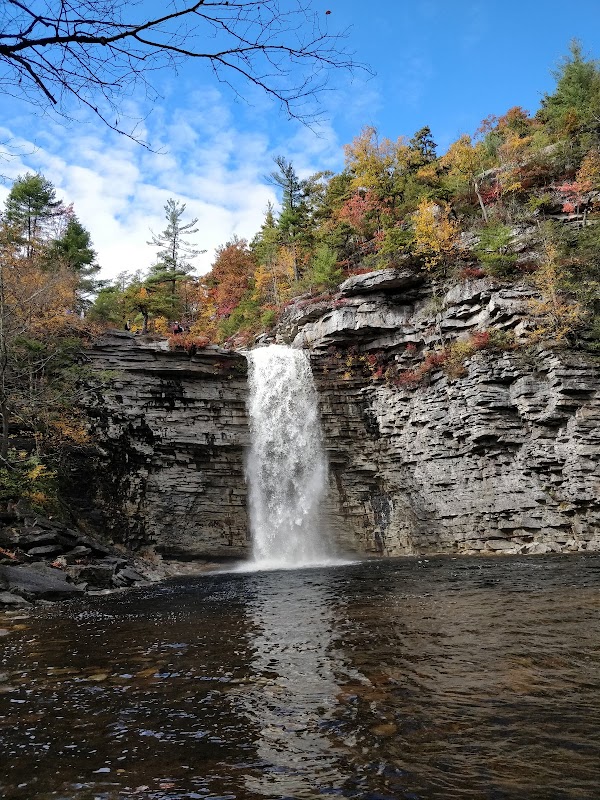
Spotting Wings: Birding Walks in St. Albans, New York’s Albany Area
Birdwatchers will find a welcoming sanctuary in St. Albans, New York, where gentle trails and diverse habitats along the Hudson River create perfect conditions for spotting a variety of species. This guide offers both the excitement of exploration and clear, practical tips for planning your birding adventure.
Start Early for Active Birdlife
Bird activity peaks in the morning hours—aim to arrive just after dawn to catch the most species and avoid midday heat.
Footwear Matters
Wear lightweight hiking boots or trail shoes with good grip; trails can be soft and muddy especially near wetlands.
Hydration is Key
Carry at least 1 liter of water per person. Even moderate walks can dehydrate, especially in warmer months.
Respect Wildlife Space
Stay on marked paths and keep noise low. Birds are shy and disturbance reduces chances of sightings.
Spotting Wings: Birding Walks in St. Albans, New York’s Albany Area
The Albany area offers some of the most accessible and rewarding birding walks, and St. Albans, NY, stands out as a prime gateway. Here, forest edges and riverbanks team up to create a playground where birds act as guides, flitting and calling through a landscape fiercely itself. Your feet will move along relatively gentle trails that stretch 3 to 5 miles, with minimal elevation gain—perfect for both casual viewers and those pacing with binoculars and notebooks in hand.
Begin your birding walk on well-maintained paths lined with oak and maple, where songbirds chatter like an eager crowd. Watch for colorful warblers darting through the upper canopy, their wings a flash of energy. The trails follow the Hudson River’s winding course, a restless companion daring you to pause and scan its currents for waterfowl and raptors riding thermals overhead.
Terrain here is mostly flat to gently rolling, with patches of wetland matted in cattails and reeds, calling in marsh wrens and herons. A pair of sturdy hiking shoes or light boots handle the soft earth and occasional muddy patches, especially after rain. Expect to move at a steady but unhurried pace; birding rewards patience and sharp eyes.
A morning start boosts both cooler temperatures and heightened bird activity. Bring a water bottle, layered clothing for shifting weather, and a field guide or birding app on hand. Sunlight filters through the trees in waves, spotlighting feeding birds and occasionally casting long shadows that remind you nature is as much about moments as mileage.
For added challenge, plan a walk during spring or fall migrations when the diversity thickens and the odds of rare sightings climb. The effort in preparation is repaid by encounters with species fierce in their independence—hawk calls slicing through the calm, woodpeckers rigorously tapping their trunks, and flocks sweeping like living clouds.
In all, St. Albans’ Albany area birding walks are an approachable adventure wrapped in quiet thrills. They invite you to not just observe but to engage, to read the environment as a dynamic story co-written by each feathered inhabitant and every step you take.
Nearby Trips
All Adventures
Boat Charters
Water Activities
Adventures near St. Albans, New York
Discover the unique and memorable adventures that make St. Albans, New York special.
Frequently Asked Questions
What bird species can I expect to see during spring birding walks near St. Albans?
Spring brings a rich variety of migrating warblers, vireos, and thrushes to the area. Wood thrush, black-throated green warbler, and scarlet tanager are common highlights.
Are the birding trails suitable for beginners and families?
Yes, the trails in St. Albans are mostly flat, well-marked, and under five miles, making them accessible for beginners and family groups.
When is the best time of day to spot waterfowl along the Hudson River sections?
Early morning and late afternoon provide optimal lighting and increased waterfowl activity as birds feed and move along the river.
Are there any local hazards I should prepare for on these walks?
Mud near wetlands especially after rain can make paths slippery. Mosquitoes can be intense in summer, so insect repellent is advised.
Can I access the trails year-round, and are they open to pets?
The trails are open year-round but may be snow-covered in winter. Pets are allowed but must be leashed to protect wildlife disturbance.
Is there any historical or cultural significance tied to the birding sites in this area?
The Hudson River corridors near St. Albans have long been migration pathways, historically important to indigenous peoples and later the subject of conservation efforts protecting migratory bird habitats.
Recommended Gear
Binoculars
Essential for seeing distant birds clearly and identifying species without disturbing them.
Water Bottle
Keeps you hydrated during warm or humid conditions, crucial for stamina on longer walks.
Insect Repellent
Protects against mosquitoes and ticks, especially near wetland areas.
Layered Clothing
Offers flexibility for changing weather; mornings can be chilly while midday warms up quickly.
Local Insights
Hidden Gems
- "The small riverside viewpoint near the old ferry dock offers less crowded, unobstructed waterfowl watching opportunities."
- "A quiet loop trail by Carpenter’s Marsh is favored for spotting shy marsh birds rarely seen on main paths."
Wildlife
- "Look for the bright red flashes of the pileated woodpecker hammering dead trees and the sharp silhouettes of red-tailed hawks circling overhead."
- "In spring and fall, listen for the distinctive calls of migrating sandpipers along muddy shorelines."
History
"This region served as a corridor for Native American tribes dependent on the rich bird and aquatic life of the Hudson River. Conservation initiatives over the last century have preserved key wetland habitats essential for migratory birds."
